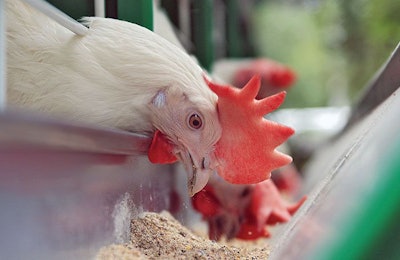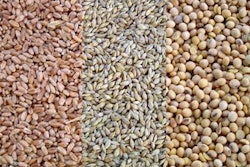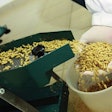
The need for methionine supplementation will increase with the growing trend of low-protein diets
Methionine is a limiting amino acid in most diets containing typical cereals like corn and wheat plus common protein sources like soybean and rapeseed meals. With the trend toward low-protein diets for poultry and pigs, the need to supplement said diets with free methionine will only increase.
Animals use L-methionine in their metabolism (for example, to build up proteins in muscle, eggs or milk) but D-methionine is readily converted to L-methionine. Thus, DL-methionine (in powder form) remains the reference form of free methionine for poultry and pig diets. Nevertheless, methionine analogues (in dry and liquid form) are also available. For example, the dry calcium salt of the hydroxy analog of DL-methionine (84% methionine) is commercially available as an alternative and often less expensive source of methionine. Due to metabolism intricacies, no conversion is free and as such the efficiency of utilization of each distinct form requires clarification.
A recent study by the University of Kentucky examined exactly this issue in young pigs. Using a 17% CP diet formulated to meet 70% of the methionine requirement, the calcium salt of methionine analogue was evaluated in terms of nitrogen retention efficiency in young pigs. Results indicated that the average relative biological value (RBV) of the calcium salt was around 66% compared with DL-methionine when the two products were compared on a weight basis. The RBV was close 78% when products were compared on an equimolar basis. A previous report on the same topic had demonstrated RBV closer to 71% and 85%, respectively, and always for young pigs below 25 kg body weight.
The lower RBV of the calcium salt of methionine can be attributed to the need to convert into the useable L-methionine form, a process that is less efficient than the one required to convert 50% of the DL-methionine to L-methionine. The disparity of the conversion efficiency seen among trials is indicative of the problems faced by nutritionists when called to use amino acid analogues. In most cases, however, once a value is fixed and tested, there is no problem using alternative methionine sources.


















